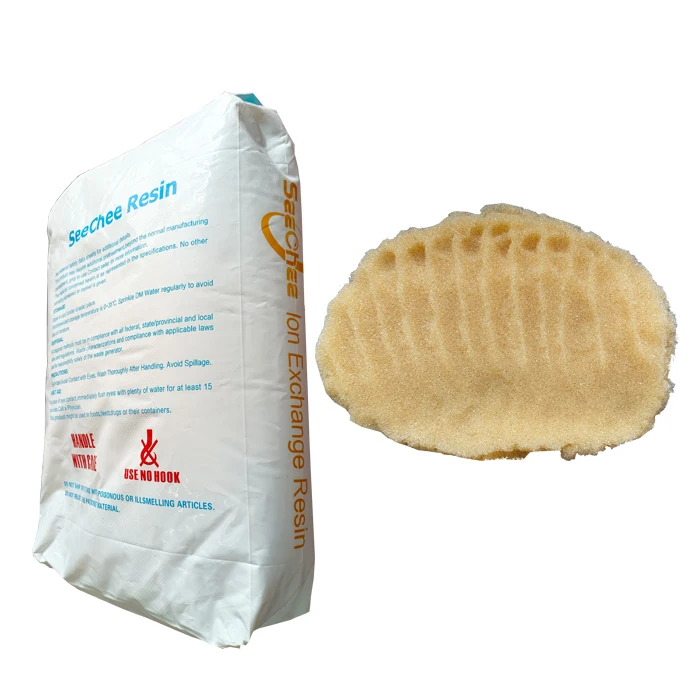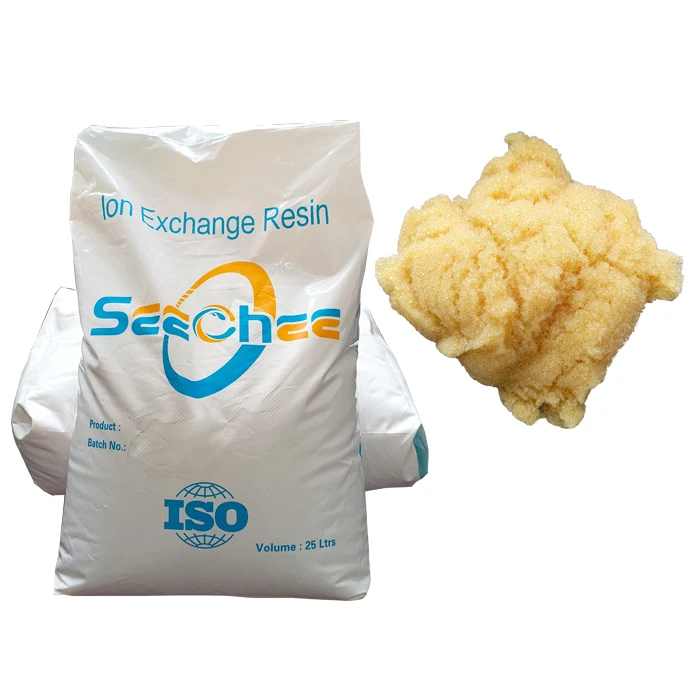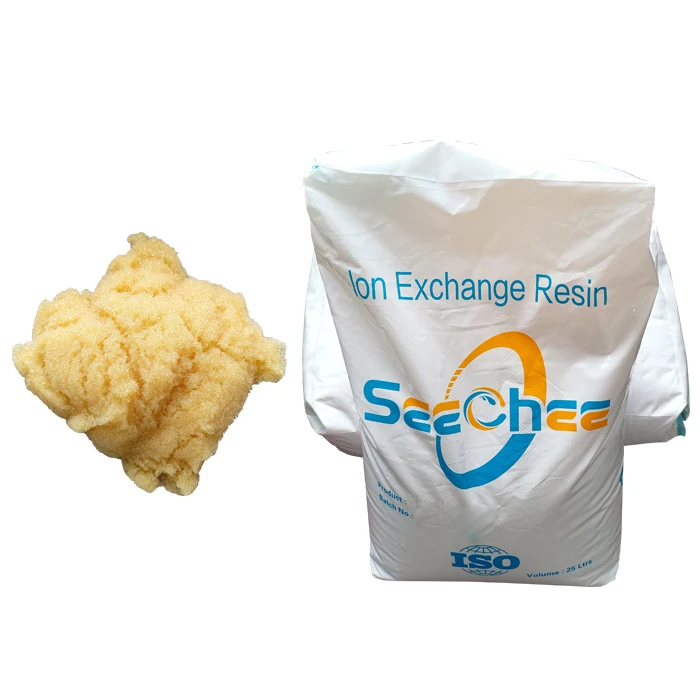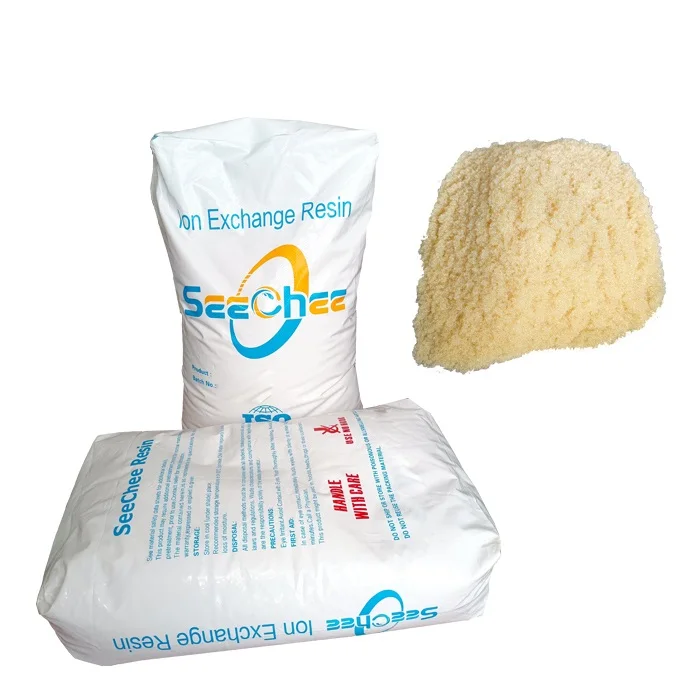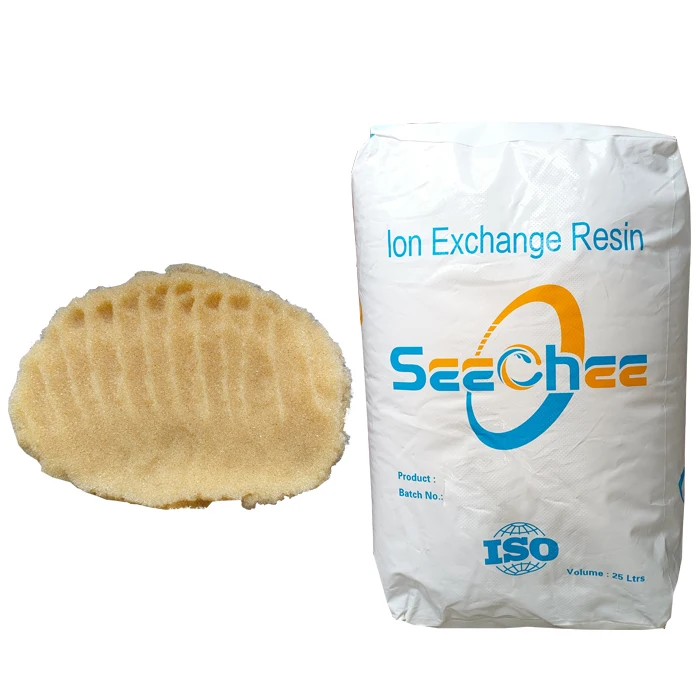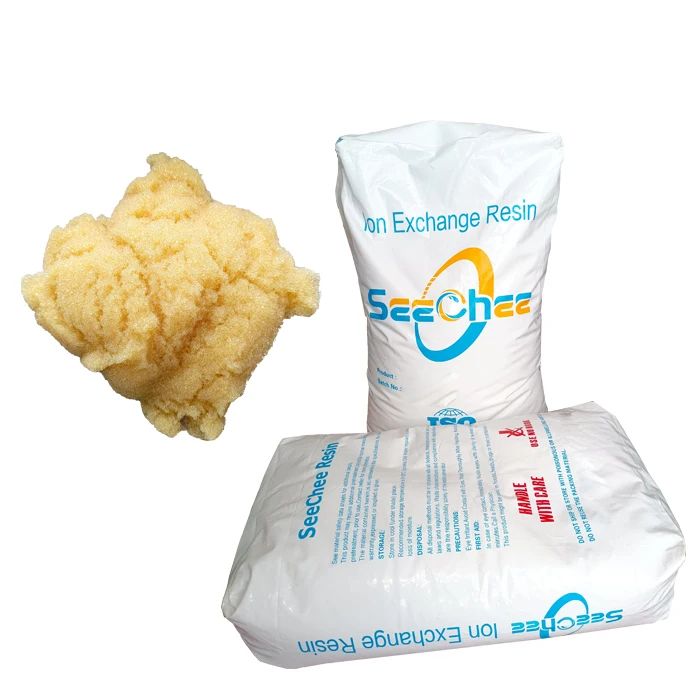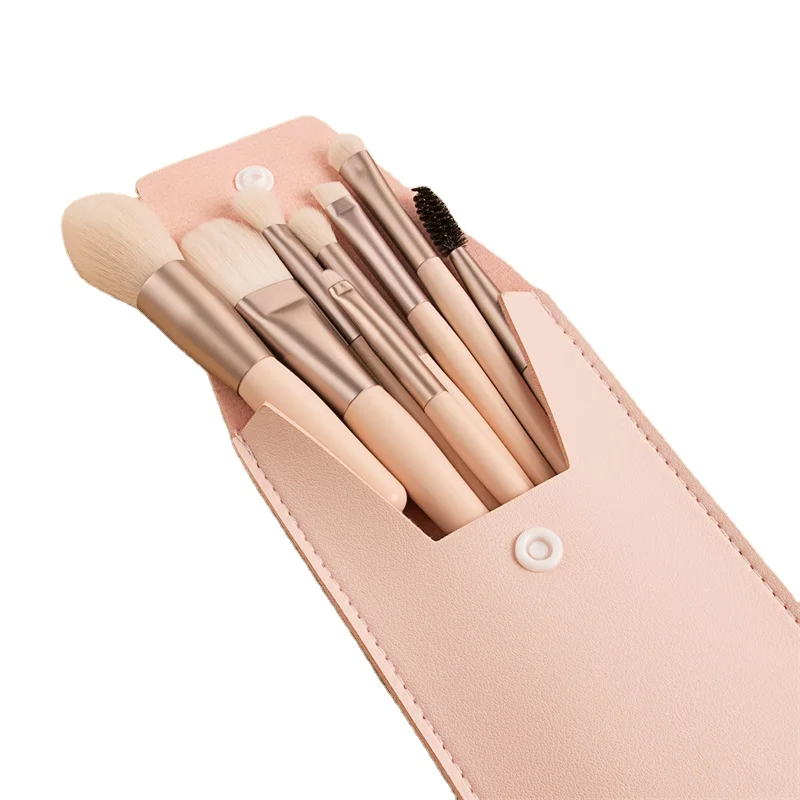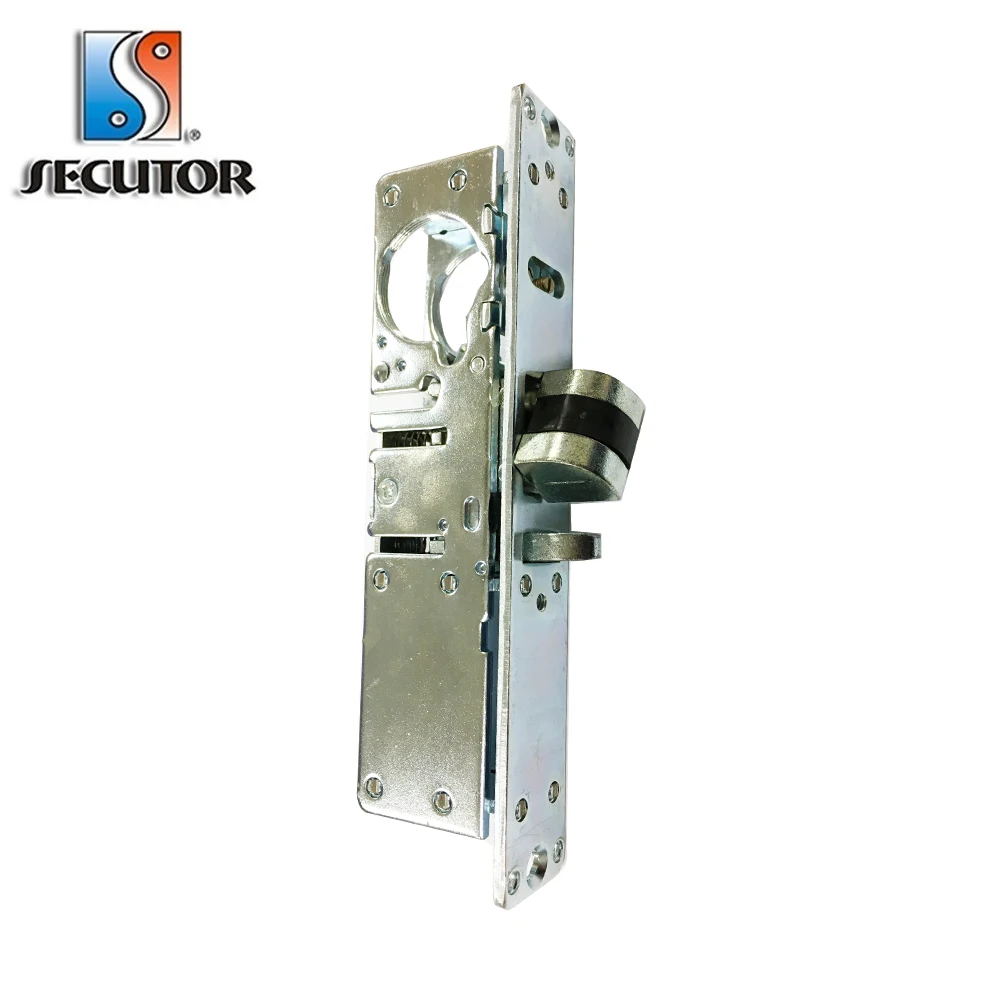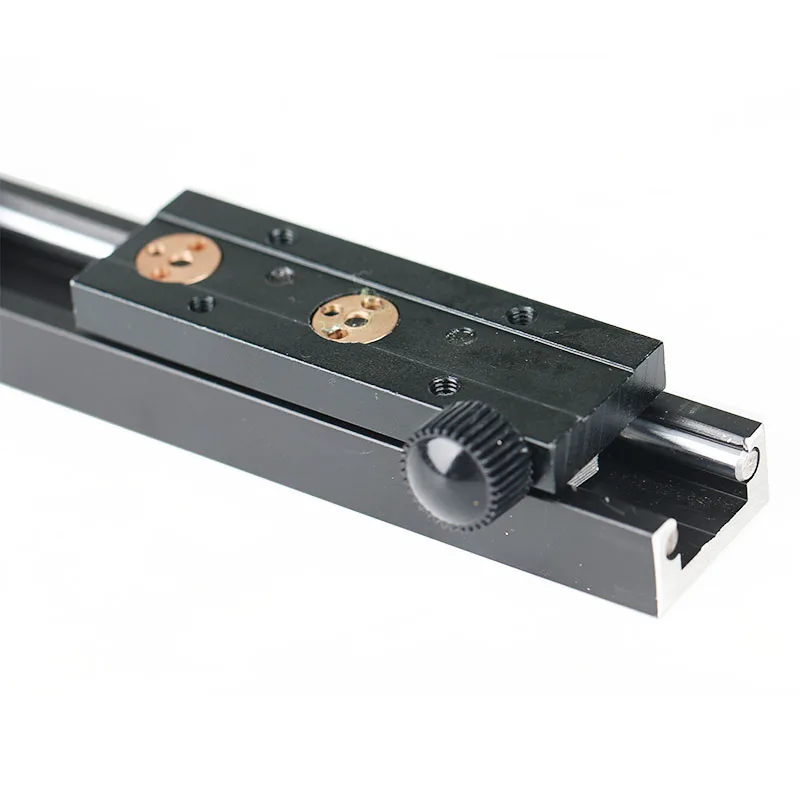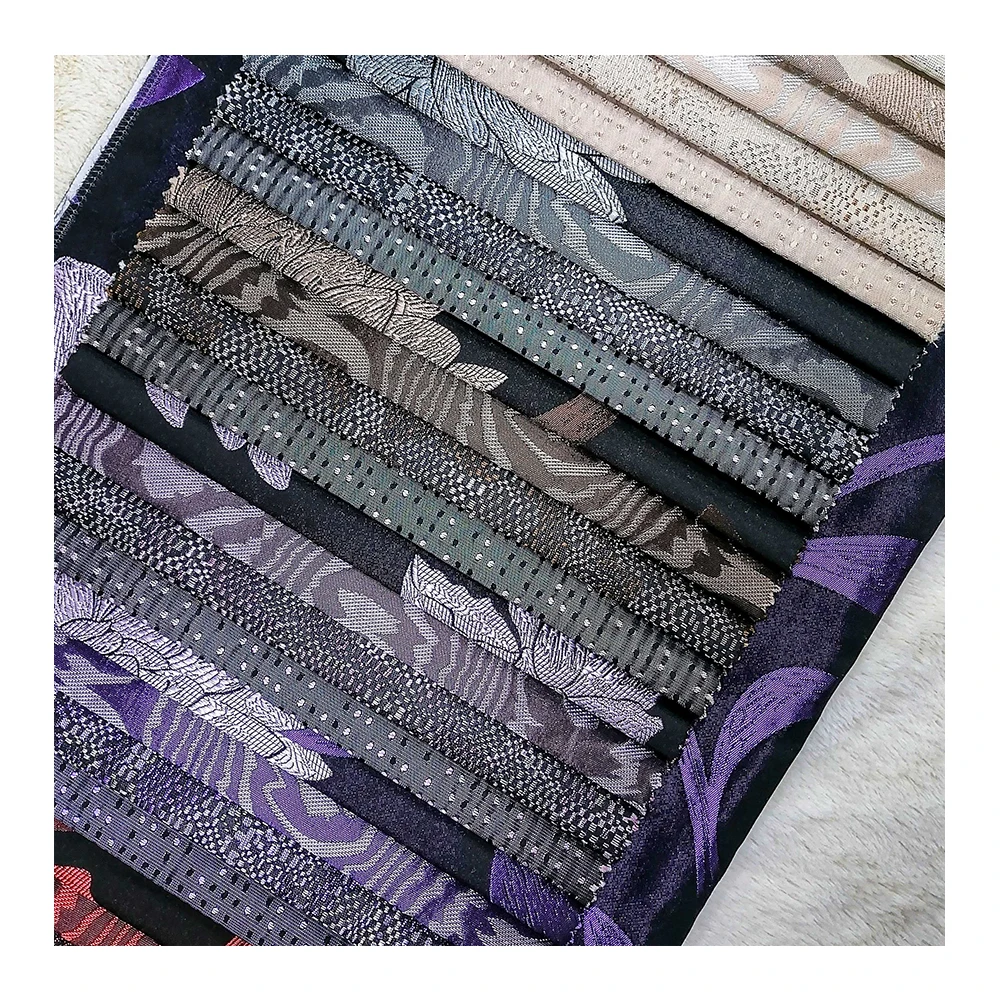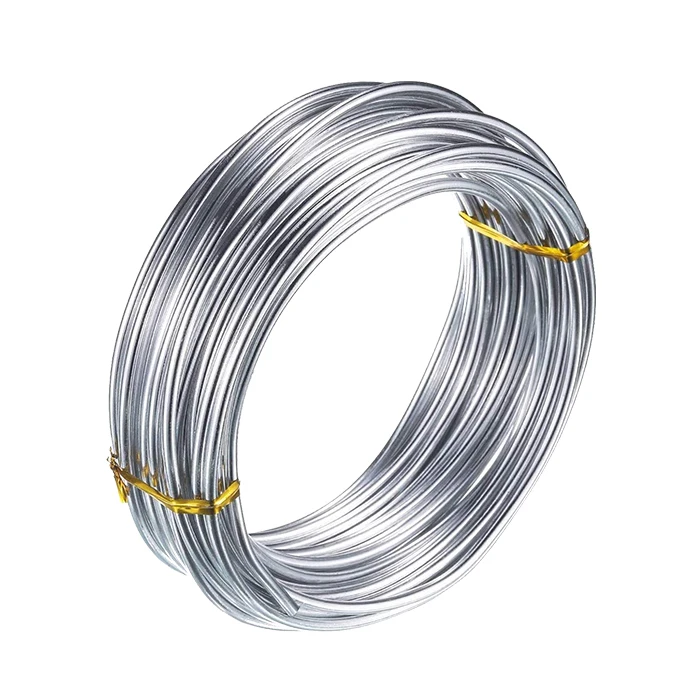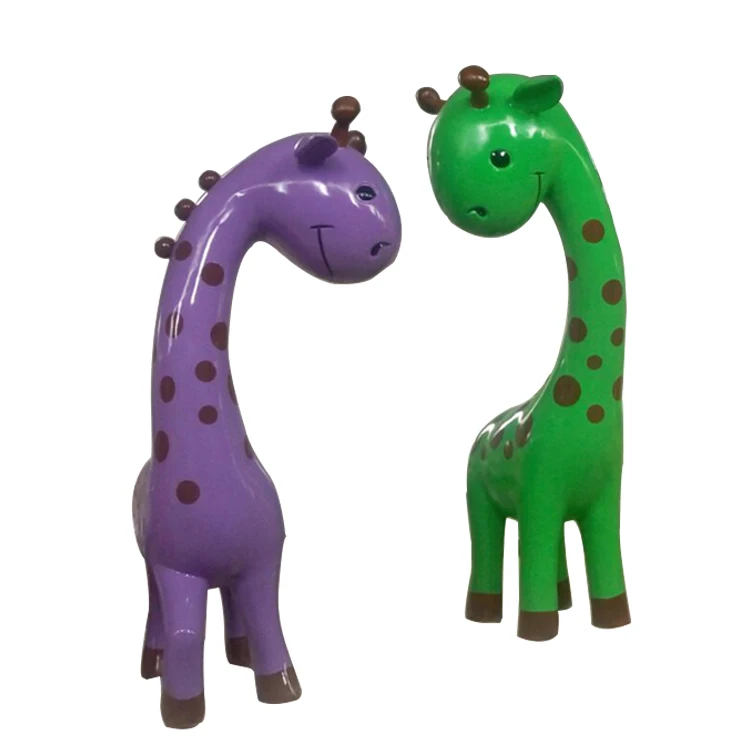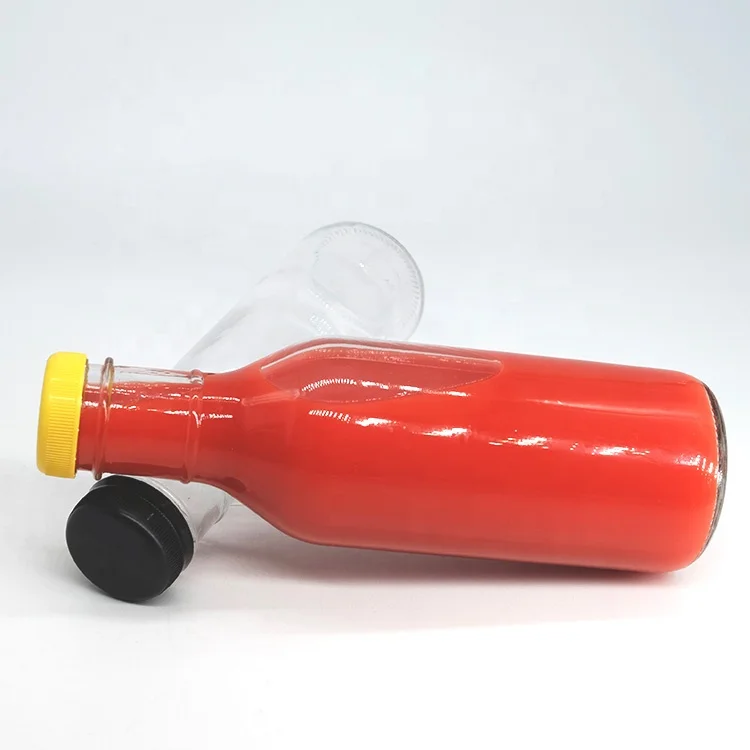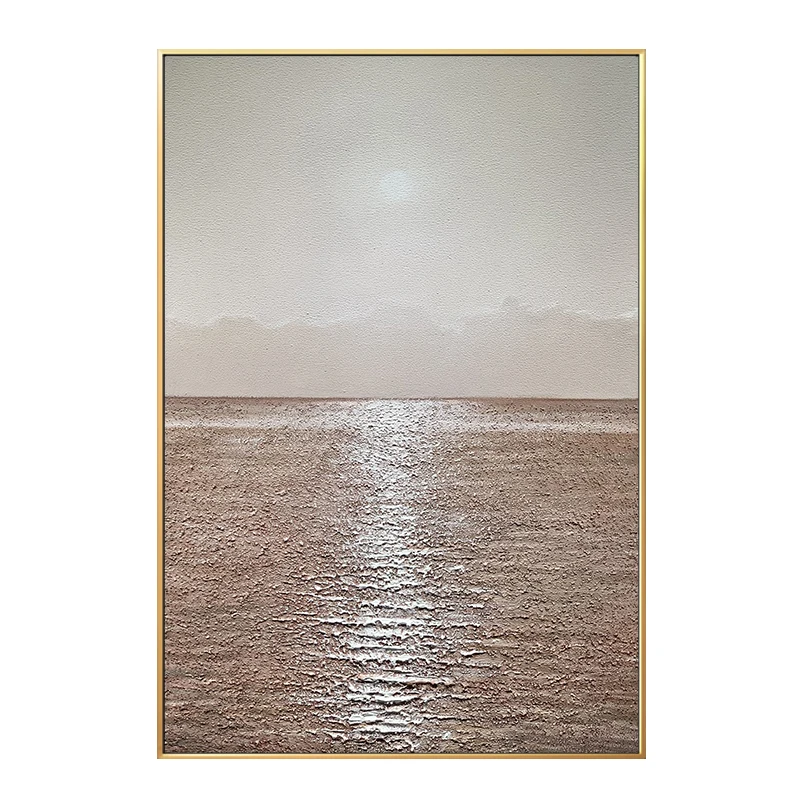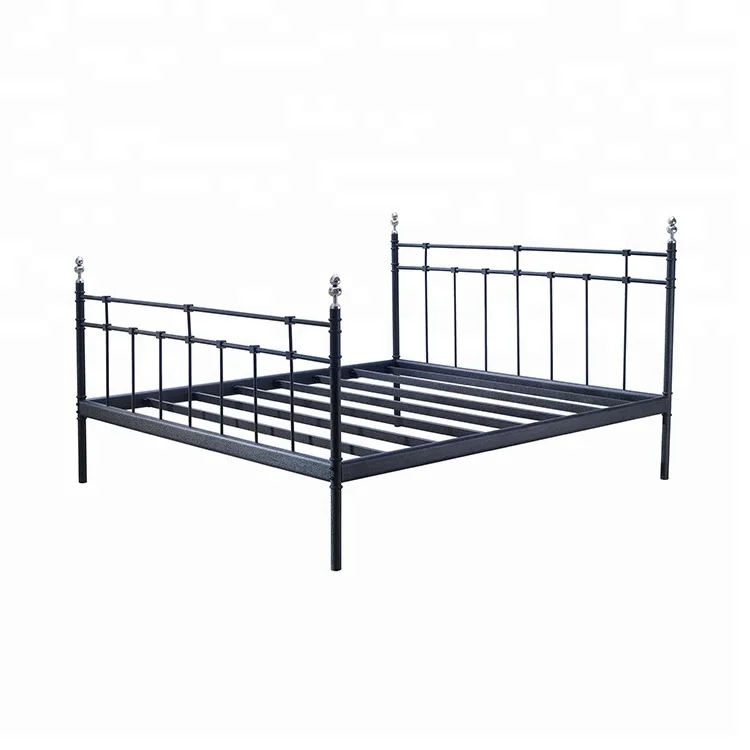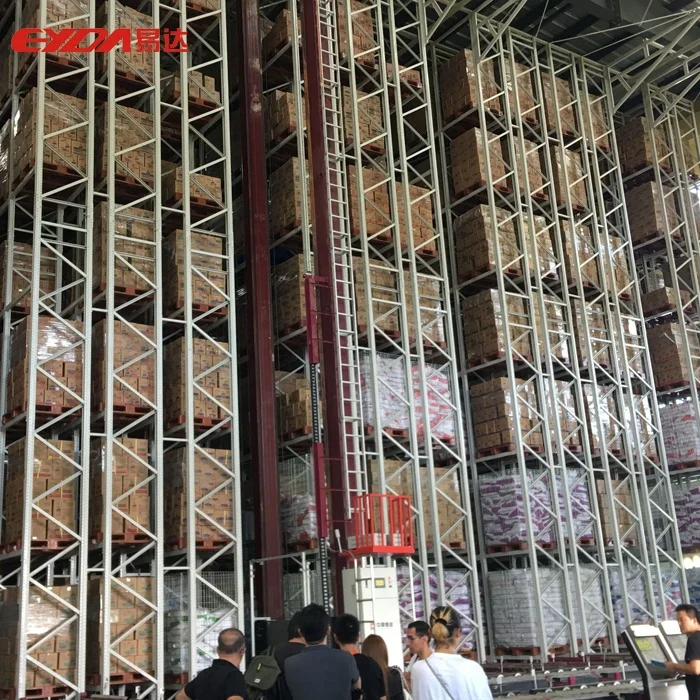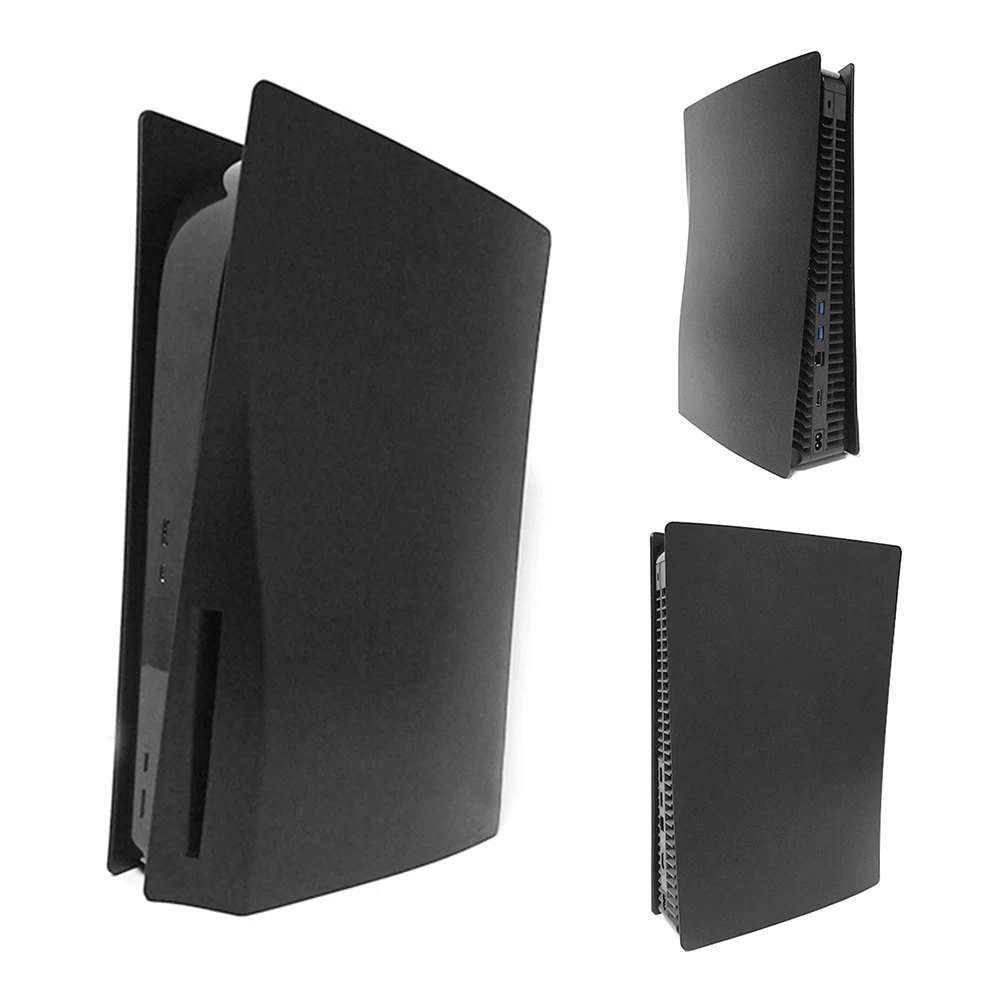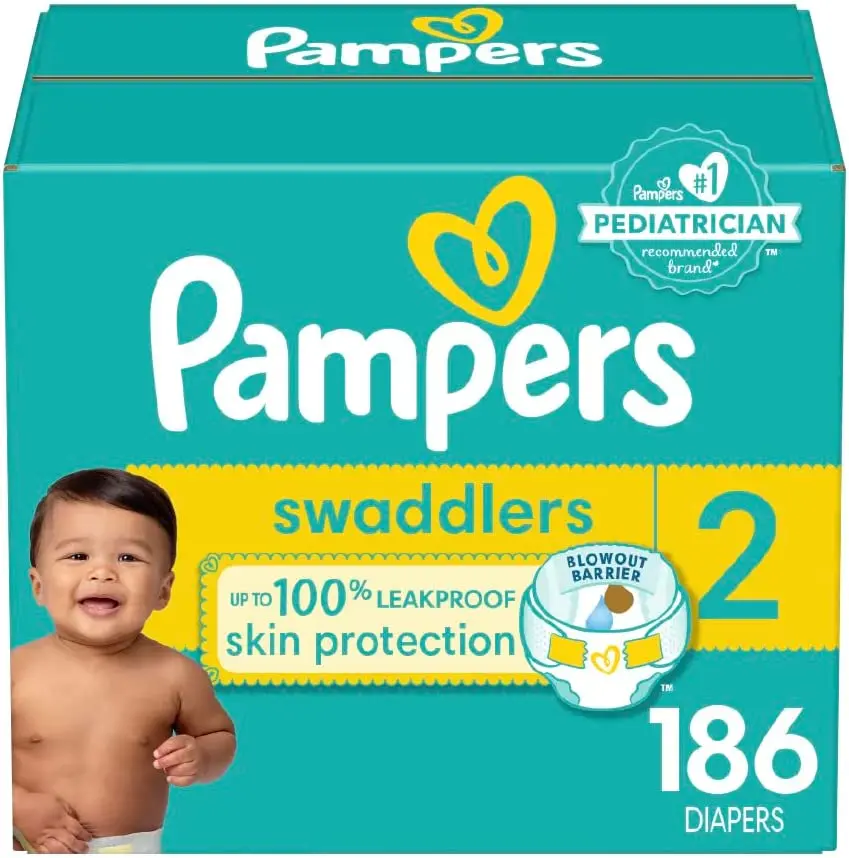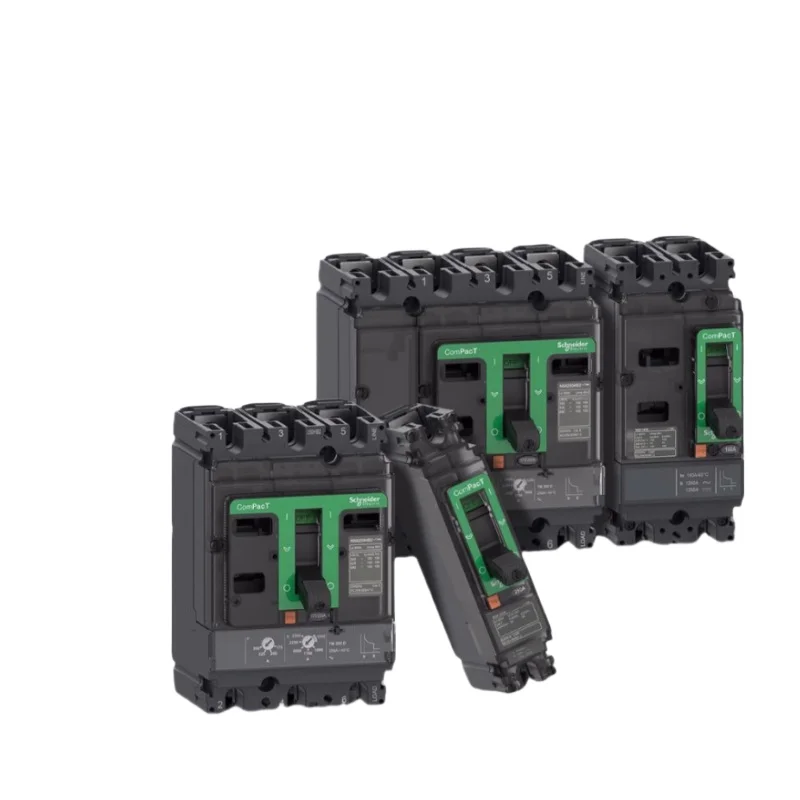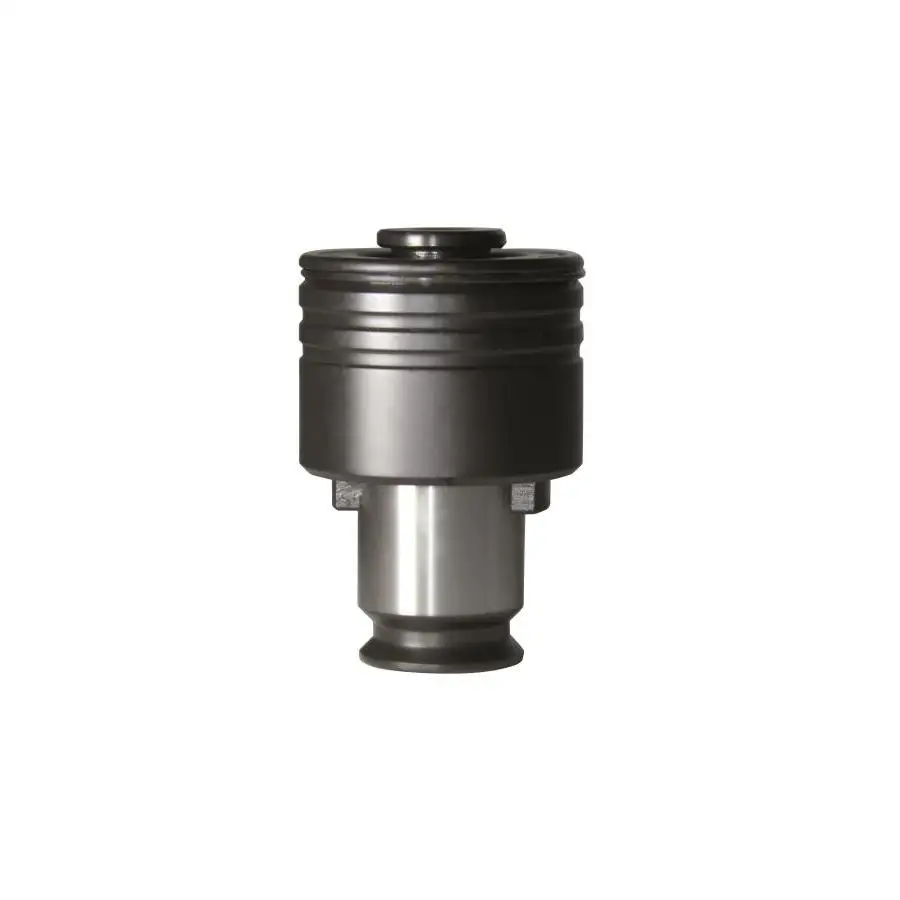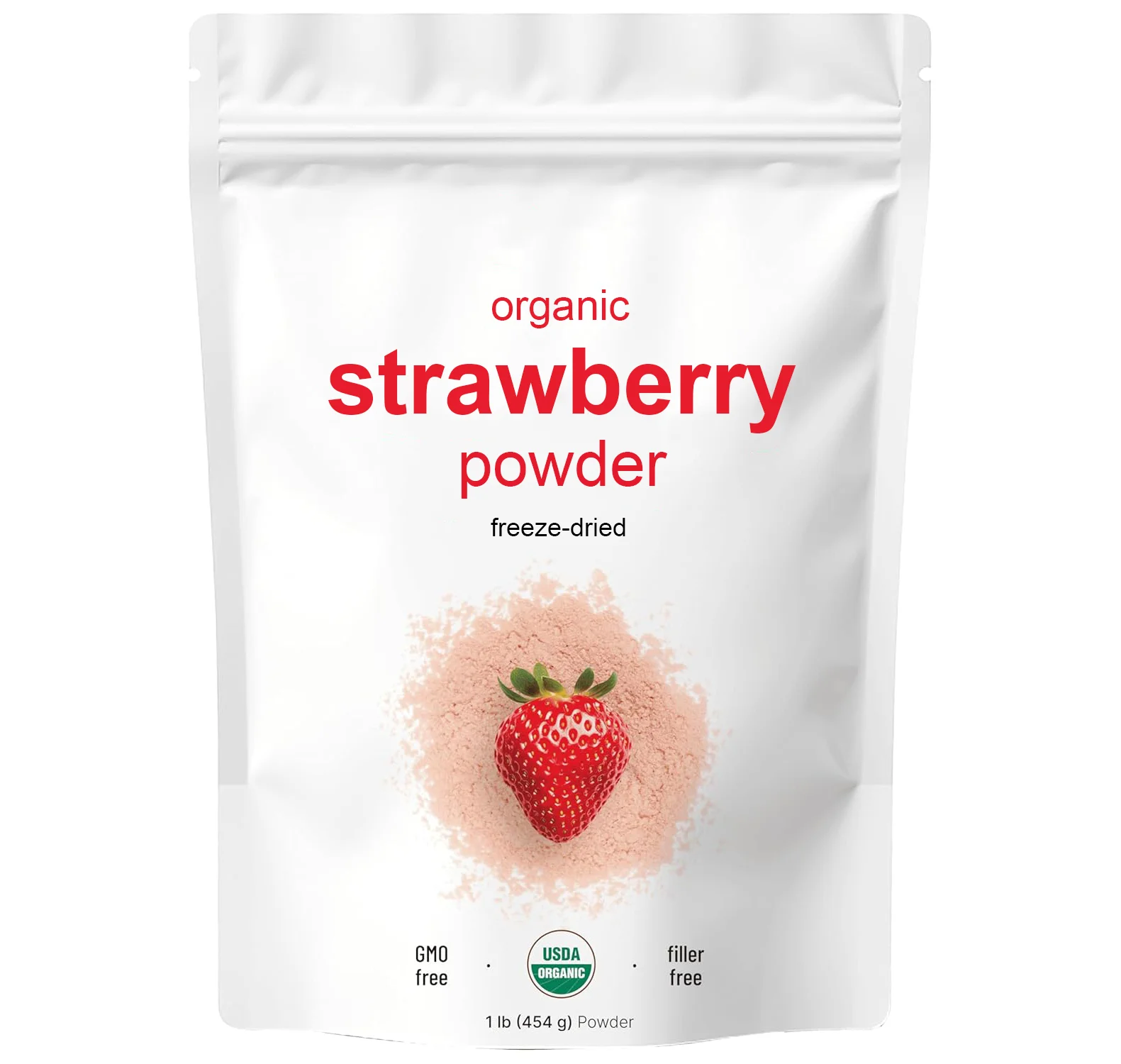Экономичная катионообменная Смола 001*10 S110 для энергетики очищенной
- Категория: >>>
- Поставщик: Tianjin Justin Technology Co. Ltd.
Сохранить в закладки 1600830755322:
Описание и отзывы
Характеристики
Ion exchange resins
Ion exchange resins are insoluble polymers formed by crosslinking of polystyrenes with different functional groups, which act as a medium for ion exchange reactions.
The resin matrix contains ion-exchange sites, where the functional groups of positively or negatively charged ions are affixed to form a polymer network. This built network has the potential to attract the ions of opposite charges and facilitate the ion exchange process. The resins are normally present in the form of white or yellow porous microbeads, membranes, or granules. They have pores which provide a large surface area to trap and release the ions during ion exchange reactions.
When immersed in a solution, the resins swell by absorbing the solution. However, the swelling extent depends on the polymeric structure of resins and the concentration of ions in the solution.
Most widely available and used types of resins are made of styrene-divinylbenzene copolymer (or polystyrene). However, there are also some others built from acrylonitrile or methyl acrylate (acrylic).
The ion exchange resins have diverse lab and industrial applications. For example, they can be used in water treatments of drinking water and wastewater, demineralization of impure water, and chromatography of a mixture of different components.
The chemical and physical properties of the ion exchange resins can be altered based on the specific lab applications. However, the two most common types of ion exchange resins are cation exchange resins and anion exchange resins.
Types of Ion Exchange Resins
Ion exchange resins contain electrically charged functional groups that are either sulfonic or carboxylic acid salts or quaternary ammonium salts. Based on their charges, the ion exchange materials are classified into two main groups: cation exchange resin and anion exchange resins.
Cation Exchange Resins
Cation Exchange Resins contain negatively charged functional groups, which attract positively charged ions in solution. One of its applications is separating positive ions from contaminated water.
Cation Exchange Resins are also further classified into two sub-groups:
- Strong acid cation (SAC) resins: They are made of polystyrene with a sulfonate functional group (SO3-) that is either charged with hydrogen ions (H+) or sodium ions (Na2+).
- Weak acid cation (WAC) resins: They are composed of acrylic polymer with carboxylic acid groups as functional groups and have a high affinity for hydrogen ions. These are commonly used to remove alkalinity-associated cations.
Anion Exchange Resins
Anion Exchange Resins contain positively charged functional groups, which attract negatively charged ions in solution. They contain amine as a functional group in their matrix.
These also are used to purify water as well, by removing negatively charged contaminants. The two subcategories of anion resins are:
- Strong base anion (SBA) resins: These resins consist of a polystyrene matrix that has been chloromethylated and then aminated with dimethylamine. They either yield chloride ions or hydroxide ions during the exchange reaction.
- Weak base anion (WBA) resins: They are also composed of a polystyrene matrix. Their degree of ionization is regulated or controlled by the pH of the solution. Additionally, since they lack exchangeable ions, they act as acid absorbers for removing ions from strong mineral acids.
Other than the cation and anion exchange resins there are some chelating resins. They consist of polystyrene with variant functional groups, including aminophosphonic, triethylammonium, and thiol, and almost always bind with cations. These resins are used to remove heavy metals and other materials from mixtures with a high degree of selectivity.
Physical Properties of Ion Exchange Polymers
Different types of resins have different shapes, sizes, and structures. The process used for the synthesis of resins is called polymerization. And, the condition of polymerization of the backbone polymer determines the porosity and structure of the ion exchange resins.
Based on their structure and size, the ion exchange materials are mainly of two types:
- Microporous resins: Also known as gel resin. It consists of small, spherical, porous microbeads of radius measuring about 10 to15 Å in size. The resin beads may have a uniform particle size or a Gaussian size distribution, depending on their application and system design. This is the most widely used exchange system.
- Macroporous resins: These resins have pores of larger size (for up to several hundred Å) compared to microporous resins. They are translucent (white or yellow-colored) in appearance and have greater stability, chemical efficiency, and chemical resistance.
Ion Exchange Resin Applications
Ion Exchange Resins have a range of applications, including biodiesel filtration, water softening, removing impurities from water and other solutions, and demineralization. Some of these applications are explained below.
Water Softening
Water softening is the process of removal of divalent cations from the water. Earlier zeolites were being used for the process. They could be regenerated by flowing concentrated NaCl solution through them to release CaCl2 and MgCl2. However, they are seldom used for water softening.
Later on, ion exchange resins were developed that are of higher capacity and efficacy than zeolites. They have more affinity for magnesium and calcium ions than sodium ions. Therefore, it is necessary to force accumulated hardness ions off the resin beads with a solution of concentrated sodium chloride brine. The resins have many applications in commercial, residential, and industrial areas for water softening.
Water Purification
Ion exchange systems have the potential to purify solutions containing hazardous metal ions by replacing them with innocuous sodium and potassium ions. Thus, they are also applied in water treatment or purification, where activated charcoal (mixed in resins) is used to remove organic contaminants, such as chloride.
Metal Separation
Ion exchange processes are used to extract, separate, and concentrate metals. For example, they are used to separate uranium from plutonium and other actinides. For many years, the ion exchange system was the only approach to separate rare-earth metals, such as actinides and lanthanides from each other.
Catalysis
Ion Exchange resins are an efficient approach to replacing acids, alkalis, and metal ion catalysts in a range of chemical reactions, including inversions, hydrolysis, hydration, and polymerization reactions.
It provides many advantages over other systems, which include:
- Easy separation from reaction products
- Repeated use or reuse
- Fewer side reactions
- Minimal equipment lining requirements
Column Chromatography
Ion exchange resins are also very commonly used in the lab technique of column chromatography. The resin is the stationary phase which is packed into columns of varying size, which then attracts charged ions present in cell lysate or other biological mixtures (the mobile phase). This is a very common technique used in drug & therapeutic development.
001×7 Strong Acid Cation Exchange Resin
Typical Physical and Chemical Properties:
001×7 | ||
Polymer Matrix Structure | Crosslinked Polystyrene Divinylbenzene | |
Brownish yellow color to Brown Spherical particles | ||
Functional Groups | -SO3H | |
Ionic Form | Na+ Form | |
Total Exchange volume, Dry, weight | ≥4.5 mmol/g | |
Total Exchange volume, Wet, volumetric | ≥1.9 mmol/mol | |
Moisture Retention, Na+ form | 45-50% | |
Particle Size Range ≥95% | 0.315-1.25mm | |
Uniformity Coefficient | ≤1.6 | |
Effective Particle Size | 0.4-0.7mm | |
Particle Size Min % | <0.315mm ≤1.0 | |
Reversible Swelling | Na+ → H+ (max.) | |
Shipping Weight (approx.) | 770 -870g/l | |
Specific Gravity, moist Na+ Form | 1.250-1.290 g/ml | |
Temperature Limit | 120°C | |
pH Range, Stability | 1 - 14 | |
001×8 Strong Acid Cation Exchange Resin
Typical Physical and Chemical Properties:
Items | 001×8 | |
Polymer Matrix Structure | Crosslinked Polystyrene Divinylbenzene | |
Physical Form and Appearance | Brownish yellow color to Brown Spherical particles | |
Functional Groups | -SO3H | |
Ionic Form | Na+ Form | |
Total Exchange volume, Dry, weight | ≥4.4 mmol/g | |
Total Exchange volume, Wet, volumetric | ≥2.0 mmol/mol | |
Moisture Retention, Na+ form | 45-48% | |
Particle Size Range ≥95% | 0.315-1.25mm | |
Uniformity Coefficient | ≤1.6 | |
Effective Particle Size | 0.4-0.7mm | |
Particle Size Min % | <0.315mm ≤1.0 | |
Reversible Swelling | Na+ → H+ (max.) | 8% |
Shipping Weight (approx.) | 780 -880g/l | |
Specific Gravity, moist Na+ Form | 1.250-1.300 g/ml | |
Temperature Limit | 120°C | |
pH Range, Stability | 1 - 14 | |
001×10 Strong Acid Cation Exchange Resin
Typical Physical and Chemical Properties:
Items | 001×10 | |
Polymer Matrix Structure | Crosslinked Polystyrene Divinylbenzene | |
Physical Form and Appearance | Brownish yellow color to Brown Spherical particles | |
Functional Groups | -SO3H | |
Ionic Form | Na+ Form | |
Total Exchange volume, Dry, weight | ≥4.2 mmol/g | |
Total Exchange volume, Wet, volumetric | ≥2.1 mmol/mol | |
Moisture Retention, Na+ form | 38-45% | |
Particle Size Range ≥95% | 0.315-1.25mm | |
Uniformity Coefficient | ≤1.6 | |
Effective Particle Size | 0.4-0.7mm | |
Particle Size Min % | <0.315mm ≤1.0 | |
Reversible Swelling | Na+ → H+ (max.) | 7% |
Shipping Weight (approx.) | 800 -900g/l | |
Specific Gravity, moist Na+ Form | 1.280-1.340 g/ml | |
Temperature Limit | 120°C | |
pH Range, Stability | 1 - 14 | |
201×7 Strong Base Anion Exchange Resin
Typical Physical and Chemical Properties:
Items | 201×7 |
Polymer Matrix Structure | Crosslinked Polystyrene Divinylbenzene |
Physical Form and Appearance | Light yellow to Golden color Spherical beads |
Functional Groups | –N+(CH3)3 |
Ionic Form | CL- Form |
Total Exchange volume, Dry, weight | ≥3.60 mmol/g |
Total Exchange volume, Wet, volumetric | ≥1.35 mmol/mol |
Moisture Retention, CL- form | 42-48% |
Particle Size Range ≥95% | 0.315mm-1.25mm |
Particle Size Min % | <0.315mm ≤1.0 |
Uniformity Coefficient | ≤1.6 |
Effective Particle Size | 0.400~0.700mm |
Reversible Swelling CL-→ OH –(max.) | 18-22% |
Shipping Weight (approx.) | 670 -730g/l |
Specific Gravity, moist CL- Form | 1.070~1.100 g/ml |
Temperature Limit | 80°C |
pH Range, Stability | 1 - 14 |
MB400 mixed bed ion exchange resin
MB400 electronic grade resin is composed of gel-type strong acid cation exchange resin and gel type strong basic anion exchange resin. It is suitable for the preparation and refining of ultra-pure water. It is widely used in water fields such as electronics, optical instruments, medicine, cosmetics, window cleaning and precision machining.
MB400 electronic grade mixed bed ion exchange resin has excellent kinetics and exchange capacity, high purification purity and regeneration level, excellent physicochemical stability and penetration resistance.
High purity water can be produced with resistivity more than 15MΩ·cm.
Typical Physical and Chemical Properties:
Items | Cation Resin | Anion Resin |
Polymer Matrix Structure | Gel PolyStyrene Crosslinked with DVB | |
Classification Type | Gel type | |
Functional Group | -SO3 | -N(CH3)3 |
Ionic Form | H | OH |
Total Exchange volume, volumetric, mmol /ml | ≥ 2.00 | ≥ 1.30 |
Ratio of Cation and Anion Resin (V/V) % | 40.0 | 60.0 |
Water Retention Capacity % | 57-65 | |
Particle Size Range mm | 0.315 – 1.25 ≥ 95% | |
Effective Particle Size mm | 0.40 – 0.60 | |
Uniformity Coefficient | ≤ 1.60 | |
Wet Density g/l | 700 – 740 | |
Uniformity Coefficient | ≤ 1.60 | |
Storage temperature | 5 - 40°C | |
Maximum Temperature: | ||
Working Conditions | 80°C | |
Regenerative Conditions | 60°C | |
H Form Rate % | ≥ 99.0 | — |
OH Form Rate % | — | ≥ 90.0 |
Closest Competitive Equivalents
Our Own Brand | Purolite | Rohm & Haas | Rohm & Haas | Rohm & Haas | Dowex |
Amberlite | Amberjet | Duolite | |||
001×7Na | C100E | IR120 PLUS | C-20 | HCR-S(E)S | |
001×7H | C100H | IR120H |
| C-20H |
|
001×8 | C100 | IR120 |
| C-20/225 | HCR-S(E) |
001×10 | C100×10 | IR122 | 1300Na/1300H | C-20×10/255 | HGR-W2 |
001×7MB | C100MB |
|
|
|
|
201×7 | A600 | IRA400 |
| A-109 | SBR-C |
201×7MB | A600MB |
|
|
|
|
MB400 | MB400/MB46 | MB20/MB9 |
|
| MB/MB-50/MR-3 |
Our Own Brand | Resintech | Mitsubishi | Bayer | Sybron |
001×7Na | CGS/CGS-BL | S100LF | C-240 | |
001×7H | CG8-H/CG8-H-BL |
| S100LF(H) | C-242 |
001×8 | CG8/CG8-BL | SK1B | S100 | C-249 |
001×10 | CG10 | SK110 | S110 | C-250 |
001×7MB | CG8-C |
|
|
|
201×7 | SBG1 | SA10A | M500/511 | ASB-1 |
201×7MB |
|
|
|
|
MB400 |
|
|
|
|




Tianjin Justin Technology Co., Ltd. is a rising high-tech enterprise in Chinese water treatment membrane industry. The company is mainly engaged in the processing and production of various reverse osmosis(RO) membrane,flat sheet membrane bioreactor(MBR),hollow fiber membrane bioreactor(MBR),hollow fiber ultrafiltration (UF) membrane. The water treatment membrane production base was put into production in 2010.
By the establishment of strategic partnerships with well-known international water treatment membrane companies, the company has introduced advanced international production technology. The key raw materials used in the membrane come from well-known Chinese and foreign manufacturers. Every piece of membrane produced by this company has been well tested to ensure its salt rejection rate and permeate flow are above the standard requirement. After years of digestion, absorption and innovation, with the spirit of perseverance and the meticulous attitude towards the products, the performance of the company's full range of membrane product has reached the international advanced level.
“HatChee” and "SeeChee" is our brand names.
With the development of this compan, we build lost of warehouses in China. And our products is more extensive,such as:
Ceramic Membrane, MBR Membrane, UF Membrane, DTRO Membrane, Ro Membrane, SS/FRP Membrane Vessel, FRP Pressure Tank, Softener Valve, Filter Valve, Water Pump, Ion Exchange Resin, Filter Cartridge, Stainless Steel Filter, UV Sterilizer, Ozone Generator, Sewage Filling, Water Distributor, Riser Tube, Dosing Pump, Pressure Gauge, Flow Meter, Solenoid Valve, Brine Tank, Dosing Tank, etc.
The company always adheres to the business philosophy of “forging brand with technology; showing strength with innovation” and “customer-centered, market-oriented”, and serves to water treatment industry with high-quality products and complete techniques.
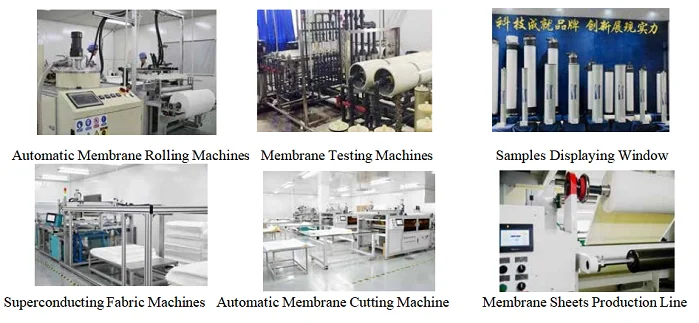

Why Choose Us
 | |||
INDEPENDENT FACTORY
We are the source factories and have many oversized factories and our own workshops with different products. | OEM SUPPORT
We can produce the goods according to the customers’ requirements. And we can make the customers’ brand. | PRODUCT UPDATE
We have our own R&D team to update the products. Some products have applied for a patent for the appearance. | QUALITY ASSURANCE
We strictly produce goods according to ISO, NSF, CE, ASME certification. All products must be qualified before sold. |
 | |||
FAMOUS BRAND
Cooperate with most of the famous brands in water treatment industry.
| GOOD PACKAGING
In order to protect the goods,most of the goods are with quality cartons or wooden boxes. | PROFESSIONAL TEAM
Sales,engineers and after-sales teams offer the 24-hour online service for each customers. | SATISFIED SERVICE
We build a large water treatment products system. Customers can get satisfied from us. |
Q: Are you a trading company or a manufacturer?
A: We are one of China leading water treatment membrane manufacturers since 2010, with our OWN auto making line!
Q: Where is your factory? How can I visit?
A: We have more than three factories in different cities. They located in Tianjin city, Nantong City of Jiangsu Province...etc. You can visit our Tianjin head office. Then we will take you to our factories.
Q: What's your brand name?
A: Our brands is named "HatChee" and "SeeChee".
Q: Can we OEM from your factory?
A: Yes. Normally, we export under our brand name HatChee or SeeChee. If you have any request, we also provide OEM, ODM service.
Q: Can I get some samples? Can I place small order before bulk purchase?
A: We're glad to provide sample, trial order welcome for first time, please kindly contact us.
Q: How can I place order? How can I pay you?
A: You can contact us by email about your order details, or place order on line. After you confirm our PI, we will request you to pay. T/T (Citibank) and Alipay, Western Union are the most usual ways we are using.
Q: How long is your delivery time?
A: Generally it is 3-5 days if the goods are in stock. Or it is 7-15 days if goods are not in stock, it is according to quantity.
Q: What is your working time?
A: We offer the 24-hour online service for each customers.
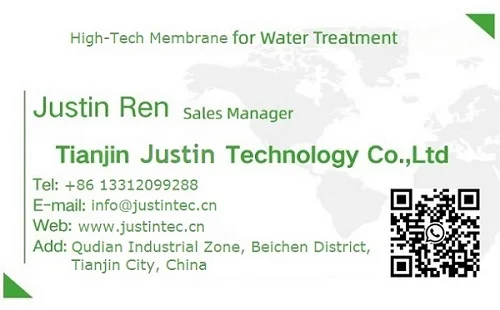
Похожие товары
Стандартная Реверсивная защелка врезной замок
Лидер продаж 2023 многофункциональный внедорожный пикап Jiangxi Isuzu D-MAX 1 9 т 4WD дизельный V-CROSS RZ4E грузовик
Ширина, маленького размера, круглой формы с диаметром 32 мм оксидированный черный встроенный двойной оси линейные направляющие SGR10 и SGB10-4 колеса блок подшипники скольжения с замком SGR10
2022 Gblan обивка для подушки и дивана, 100% полиэфирная ткань, жаккардовая ткань для штор
Сварочная проволока из алюминиевого сплава er5183 5183 1,2 мм, экспорт в Японию
Фигурки животных из стекловолокна с мультяшными персонажами, фигурки животных в натуральную величину, садовые украшения оптом из смолы, другие изделия из стекловолокна
Новое поступление стеклянное кольцо горлышко бутылки с откручивающаяся крышка 315 мл 360 мл 500 мл Круглый сыра, масла и джема стеклянные бутылки для соуса для хранения
Новые поступления
Новинки товаров от производителей по оптовым ценам
